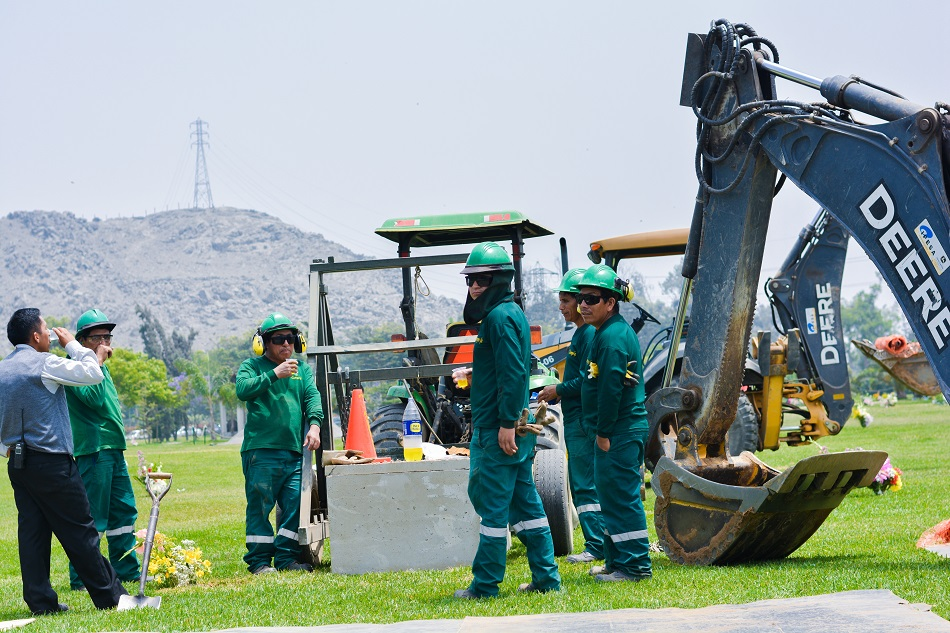
Image Credit: Ruslana lurchenko/Shutterstock.com
Paraguay is a country in Central South America located next to the north-east of Argentina. It has a total population of 7,025,763 as of July 2018 and a total area of 406.753km2. The climate of this country varies from subtropical to temperate.
The economy of the country has been greatly influenced by deficient infrastructure and political instability. Despite, these obstacles, the GDP of Paraguay grew between 2015-2017, from $81.36 billion to $88.91 billion. This was more than double the 2010 GDP of £33.3 billion and together with a 2% industrial production growth rate (2017 est.) shows a positive long-term growth trend for this Latin American economy.
The mineral industry in Paraguay is largely dominated by state-owned companies.
Overview of Resources
Paraguay has natural resources such as timber, iron ore, clay, manganese, limestone, and gypsum. There are considerable reserves of uranium, bauxite, copper, salt, marble, and peat in this Latin American country. Talc, mica, feldspar, azurite and malachite are also present in small amounts.
.gif)
The map of Paraguay. Image Credit: CIA Factbook
Most of the significant mineral deposits in the country are found along the Paraguay River. Other significant resources of the country include semiprecious stones, dolomite, kaolin and magnesium.
Metals
Iron is the major metal produced in Paraguay. The country produced about 35,000 Mt of raw steel in 2016. The amount of pig iron produced by the country in the same year was 50,000 Mt.
The country imports far more than it exports. Imports of all metals cost Paraguay USD$1.32 billion compared to USD$52.3 million in exported value.
There was a large deposit of ilmenite (a titanium ore) discovered in Paraguay in 2010. Results of surveys showed that the deposit had the potential to extract amounts comparable to the two largest ilmenite mines in the world, which are in Canada and Norway. It is estimated that this deposit could contain about 20 billion tons of ilmenite, potentially meaning Paraguay could become the world’s largest titanium producer.
Industrial Minerals
Cement is a major mineral commodity in Paraguay. Industria Nacional del Cemento (INC) is the only producer of cement in the country. In 2018, INC, a state-owned cement production company, was producing 55,000 bags of cement a day. Domestic demand for cement is high due to ongoing construction projects in the country.
Uranium deposits of Paraguay are found in the Yuty zone located in Caazapa at San Antonio.
Fossil Fuels
Petropar, a state-owned energy company, controls all petroleum and crude oil imports in the country. In 2017, Paraguay imported refined petroleum to the tune of USD$1.17 billion, far outstripping exports worth $52.3 million. Imports of refined petroleum accounted for 9.8% of the total imports in this country.
Although the country is capable of producing natural gas, lack of import pipelines and domestic production capacity has forced the country to rely on imports for its natural gas requirements.
Recently, Venezuela had shown interest in constructing a heavy crude oil refinery in Paraguay, which is capable of producing 20,000 barrels per day (bbl/d) of gas oil.
Investment
Paraguay attracts foreign investment by imposing laws to treat foreign and domestic investors equally and to encourage investment in mining activities and mineral exports. The mineral fuels sector in the country is likely to flourish thanks to the successful exploration results in the Chaco region. China, which has already invested a large amount in the mineral and energy resources in other parts of Latin America, is likely to invest in Paraguay also in the near future.
Although the country has no history of large-scale mining, it strives to realize fast and continuous development in the mineral industry. Thanks to all these developments, Paraguay will likely grow into one of the major global mineral producers in the near future.
Sources and Further Reading
This article was updated on 27th February, 2020.
Disclaimer: The views expressed here are those of the author expressed in their private capacity and do not necessarily represent the views of AZoM.com Limited T/A AZoNetwork the owner and operator of this website. This disclaimer forms part of the Terms and conditions of use of this website.